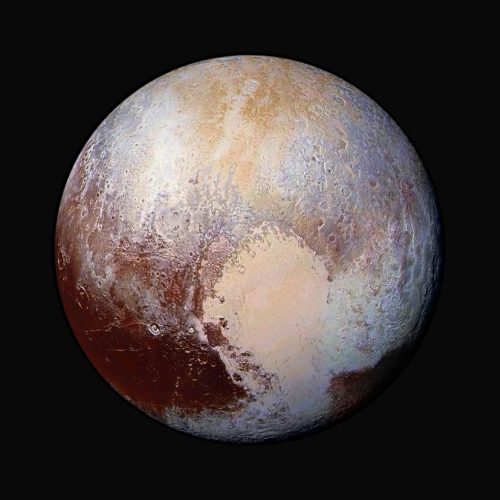Astronomers Discover Potential Dwarf Planet Lurking Way Beyond Pluto

Named Ammonite, the distant object casts doubt on the existence of the elusive Planet Nine.

A budget-writing panel in the House of Representatives passed a $24.8 billion NASA budget bill Tuesday, joining a similar subcommittee in the Senate in maintaining the space agency's funding after the White House proposed a nearly 25 percent cut.
The budget bills making their way through the House and Senate don't specify funding levels for individual programs, but the topline numbers—$24.8 billion in the House version and $24.9 billion the Senate bill—represent welcome news for scientists, industry, and space enthusiasts bracing for severe cuts requested by the Trump administration.
The spending plan passed Tuesday by the House Appropriations Committee's Subcommittee on Commerce, Justice, Science, and Related Agencies covers NASA and numerous other federal agencies. The $24.8 billion budget the House seeks for NASA is $6 billion more than the Trump administration's budget proposal, and keeps NASA's funding next year the same as this year.


© Tom Williams/CQ Roll Call via Getty Images
NASA's New Horizons spacecraft got a fleeting glimpse of Pluto 10 years ago, revealing a distant world with a picturesque landscape that, paradoxically, appears to be refreshing itself in the cold depths of our Solar System.
The mission answered numerous questions about Pluto that have lingered since its discovery by astronomer Clyde Tombaugh in 1930. As is often the case with planetary exploration, the results from New Horizons' flyby of Pluto on July 14, 2015, posed countless more questions. First and foremost, how did such a dynamic world come to be so far from the Sun?
For at least the next few decades, the only resources available for scientists to try to answer these questions will be either the New Horizons mission's archive of more than 50 gigabits of data recorded during the flyby, or observations from billions of miles away with powerful telescopes on the ground or space-based observatories like Hubble and James Webb.


© NASA/Johns Hopkins University/SWRI
